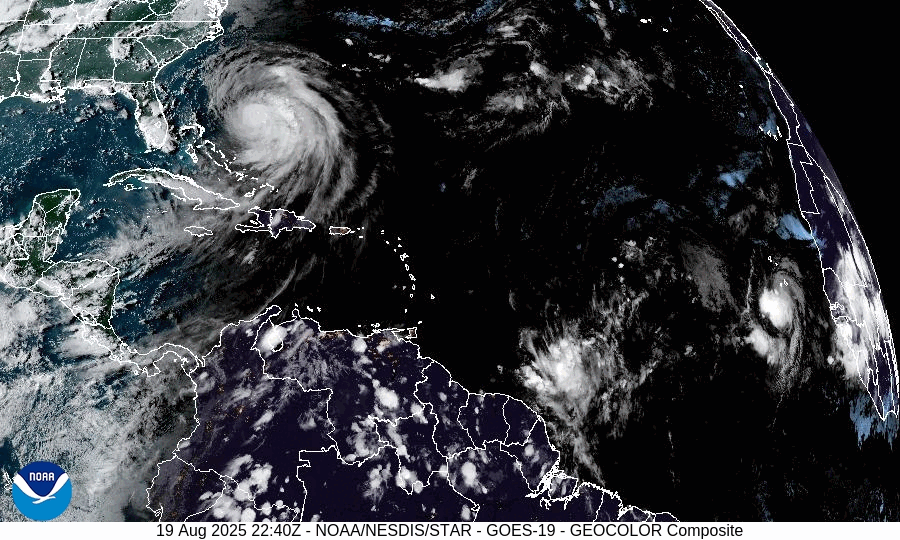EXPLAINER
The storm remained far away from the coast of the United States, but it still sprang up waves. Officials in the Outer Banks of North Carolina issued evacuation orders and alerted residents to coastal flooding.
With swells reaching the Bahamas, Bermuda, the US East Coast, and Atlantic Canada, it passed through the northern Leeward Islands, Virgin Islands, Puerto Rico, Hispaniola, and the Turks and Caicos.
One of the Atlantic’s hurricanes with the highest sustained strength ever recorded, the storm’s rapid intensification, which quickly reaches Category 5 in a short amount. According to scientists, climate change is a factor in this rapid intensification because global warming causes more atmospheric water vapour and ocean temperatures, giving hurricanes more fuel to grow quickly and produce more rain.
Storms that develop so quickly make forecasting more difficult and make emergency planning more difficult for government agencies.
An alphabetical list of upcoming tropical cyclone names is published by the World Meteorological Organization (WMO). These names are intended to be brief, pronounceable, and distinctive across all languages.
Because the previous four storms never reached hurricane strength, Erin became the fifth named storm of the season.

Are typhoons, hurricanes, and cyclones interchangeable terms?
Hurricanes, cyclones, and typhoons are essentially the same thing when broken down down to the simplest terms. The only thing that makes them different is their origin. Winds exceeding 119 km/h (74 mph) are all found in all three storm systems.
Hurricanes frequently affect the US East Coast, Gulf, and the Caribbean, and occur in the North Atlantic Ocean and the Northeast Pacific. On a wind scale of 1 to 5 is the hurricane’s strength determined. A Category 5 storm can reach speeds of 252 km/h (157 mph), while a Category 1 hurricane can bring sustained winds of 119 to 153 km/h (74 to 95 mph) with it.
Cyclones: frequently affecting countries from Australia all the way to Mozambique, are found in the South Pacific and the Indian Ocean. The typical hurricane season starts in November and continues until April.
Typhoons frequently strike Japan and the Philippines in the northwest of the Pacific Ocean. Although they can form year-round, typhoon season typically occurs between May and October. The most severe storms are known as “super typhoons,” with various classification scales determining how strong a typhoon is.

A tropical storm forms in what way?
Over warm ocean waters close to the equator, tropical storms can form. A lower air pressure area is created as this warm air rises. More warm air rises below the air as it cools down, pushing it aside. Strong winds and rain are the result of this cycle.
A tropical storm forms when this cycle gains momentum and strength. An eye forms in the center as the storm system rotates more quickly. The storm’s eye has a very low air pressure and is very calm and clear.
A tropical storm is referred to as a storm when the winds travel at 63 kilometers per hour (39 mph). When the storm becomes a tropical cyclone, typhoon, or hurricane at 119 km/h (74mph) in winds, the storm transforms into one.
Source: Aljazeera

Leave a Reply